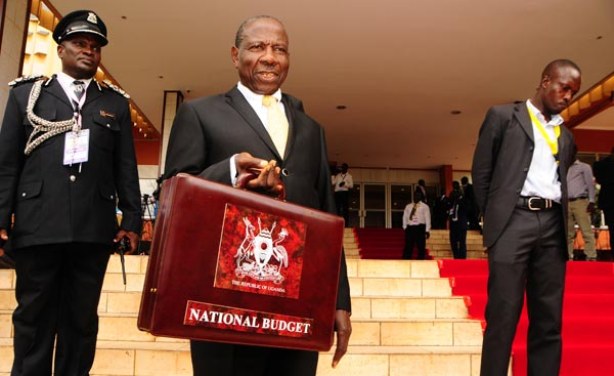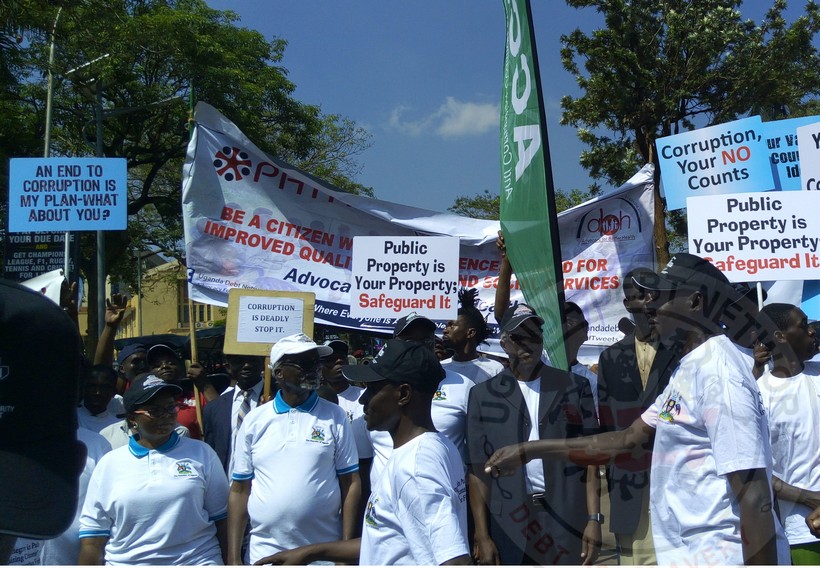
Recent media reports of possible Government bailout of about sixty-five distressed companies has elicited a spectrum of divergent perspectives on the underlying implications of this state of affairs. Reports indicate that the controversial bailout would involve government forking out a hefty Shs1.3 trillion from the public coffers, to pay off the loans owed to commercial banks. Amidst all this hullabaloo, consensus is that, a bailout in principle is not bad per se, in fact it could be a pragmatic solution to rescue ailing businesses in the prevailing troubled economy, however the procedure of effecting this is the crux of the matter.
With declining economic growth rate at 4.6% by close of June, deteriorating private sector credit growth as a result of high interest rates, which has constrained domestic activity, not to mention high inflation rate which had peaked at 8.5% by December 2015, little wonder that numerous businesses are highly indebted to commercial banks and have hit rock bottom. This continues to beg the unanswered question, and elephant in the room; what bench marks and criteria were used to select the companies that need bailing out. This is more so since the matter was never brought up for discussion by Parliament, and no legislative or policy framework exists to guide the bailout procedure.
The fact that several of these companies are owed millions of US dollars for unpaid goods and services supplied to the government of South Sudan and yet expect Bailout or handouts from Ugandan tax payer’s money is incredulous. Should Government of Uganda settle the debts of another Sovereign State? More so, Government has been the main proponent of promoting Small and Medium Enterprises (SMEs) for private sector growth and industrial development, given that they employ majority Ugandans and are a source of livelihood for millions of households, so how come these are not being considered too.
Similarly, where some companies are asking Government to clear arrears, this should not be regarded as a bailout, but the Government should accordingly pay outstanding arrears it owes to these companies. Otherwise where is the benefit to the ordinary citizens in all of this? Government forking out shs 1.3 trillion with no provision for it from the National Budget spells adverse negative implications on financing for public sector service delivery and citizen’s welfare. For instance, in the health sector the lack of Cancer machines and other diagnostic equipment is responsible for increasing deaths of citizens, while thousands of other lives are being claimed by Hepatitis B.
According to the Ministry of Health Sector Strategic and Investment Plan 2010-15, UGX 390 billion would provide necessary infrastructure for 312 Health centre III’s for a period of 5 years. Meaning that the proposed Shs 1.3 trillion bailout cash is enough to fund 312 HCs for a period of 16 years and 8 months. The same pay for medical workers in the said 312 HC III’s requires UGX 179.47bn for a period of 7 and a half years.
In light of the above, the time is now for Government to urgently marshal key stakeholders, including the Ministry of Finance, the Central Bank and Uganda Revenue Authority (URA) among others, to critically review and come up with more tenable and prudent solutions to the economic quagmire in Uganda today. This is through broad economic reforms and restructuring process, aimed at fostering feasible monetary policies and a sound Macroeconomic policy framework. An economic stimulus, rather than the financial bailouts would be the sustainable way to go.











